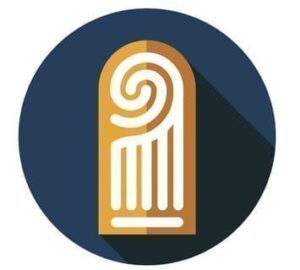Researchers from Germany’s CISPA Helmholtz Center for Information Security and the École Polytechnique Fédérale de Lausanne have developed a new tool aimed at verifying the identities of humanitarian aid recipients.

In regions affected by humanitarian crises, efficiently distributing aid remains a constant challenge, particularly given limited resources. To address the issue, Dr. Wouter Lueks and his team at CISPA, in partnership with the International Committee of the Red Cross (ICRC) and colleagues at EPFL in Lausanne, have developed a biometric-based solution called Janus. The tool aims to prevent multiple registrations and ensure that aid reaches as many individuals as possible without duplication.
The Janus system operates through a secure cryptographic protocol. When an individual arrives at a registration station, their biometric data, such as a fingerprint, is captured and transmitted to the ICRC’s Geneva headquarters. Speaking to the science publication Informationsdienst Wissenschaft, Lueks emphasized that the process produces a straightforward result: “Yes, I found the biometric data in the database, or no, I didn’t find it.”
If the individual has not registered before, their information is added to the system temporarily, then deleted from the local device, which further strengthens data security.
Dr. Lueks emphasizes the importance of preventing repeat aid disbursements: “Humanitarian organizations try to help as many people as possible,” he explains. “In achieving that goal, they want to make sure that they do not give aid to the same recipient twice because, in that case, someone else cannot receive aid.”
For many regions facing crises, using traditional ID documents poses a risk or is simply not feasible, making biometric data a more reliable alternative. The Janus system uses biometric data solely to check whether an individual has previously registered, ensuring that resources are distributed equitably.
Security is a cornerstone of the Janus system. Dr. Lueks underscores the inherent risk of biometric data, given that it is unchangeable and could potentially expose individuals to future risks. To mitigate such risks, the Janus system employs a dual-computer mechanism. “The decisive factor is that the two computers have to work together to make this ‘yes or no’ decision,” says Lueks. Even if someone gained access to one of these computers, they would not be able to retrieve the biometric data, as the system requires both to function.
The project extends beyond just registration. Lueks and his team have previously developed a token-based system to assist in the actual distribution of aid. Under this system, recipients are issued a token, such as a smart card, after registration. The token controls distribution by allowing recipients to collect their share only once per round. This system was initially created for households, but the team envisions adapting it for individual use to enhance its integration with Janus.
Moving forward, Lueks is optimistic about the potential for a prototype that combines both methods, which could offer a more comprehensive solution for the distribution of humanitarian aid. The ICRC has reportedly shown significant interest in advancing this work, which could become a valuable tool in their ongoing humanitarian efforts.
Other international organizations, such as the World Food Programme (WFP) and the United Nations High Commissioner for Refugees (UNHCR), have been using biometric technology for humanitarian aid distribution for several years. UNHCR has implemented biometric systems, such as iris scanning, fingerprinting, and facial recognition, to register refugees, while WFP uses biometrics to distribute food and cash aid to vulnerable populations—for instance, in areas with cash-based assistance programs, individuals can use their biometric data to verify their identity and receive funds or food vouchers.
Source: Informationsdienst Wissenschaft
–
October 17, 2024 – by the ID Tech Editorial Team








Follow Us